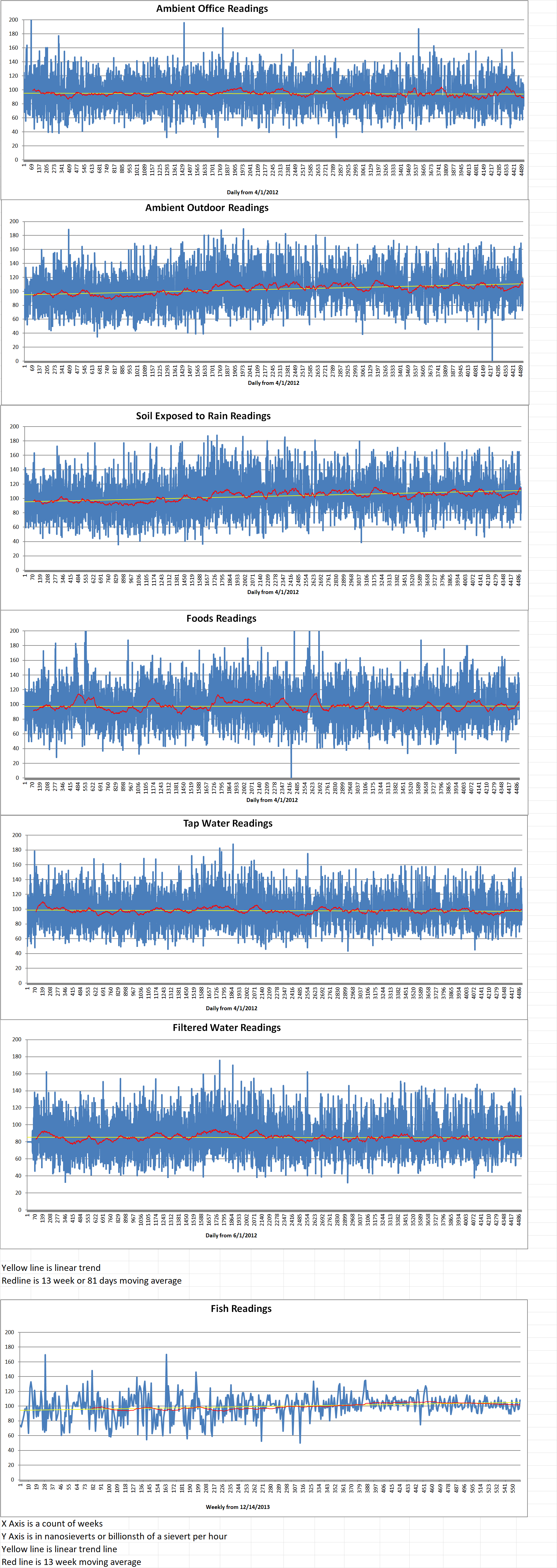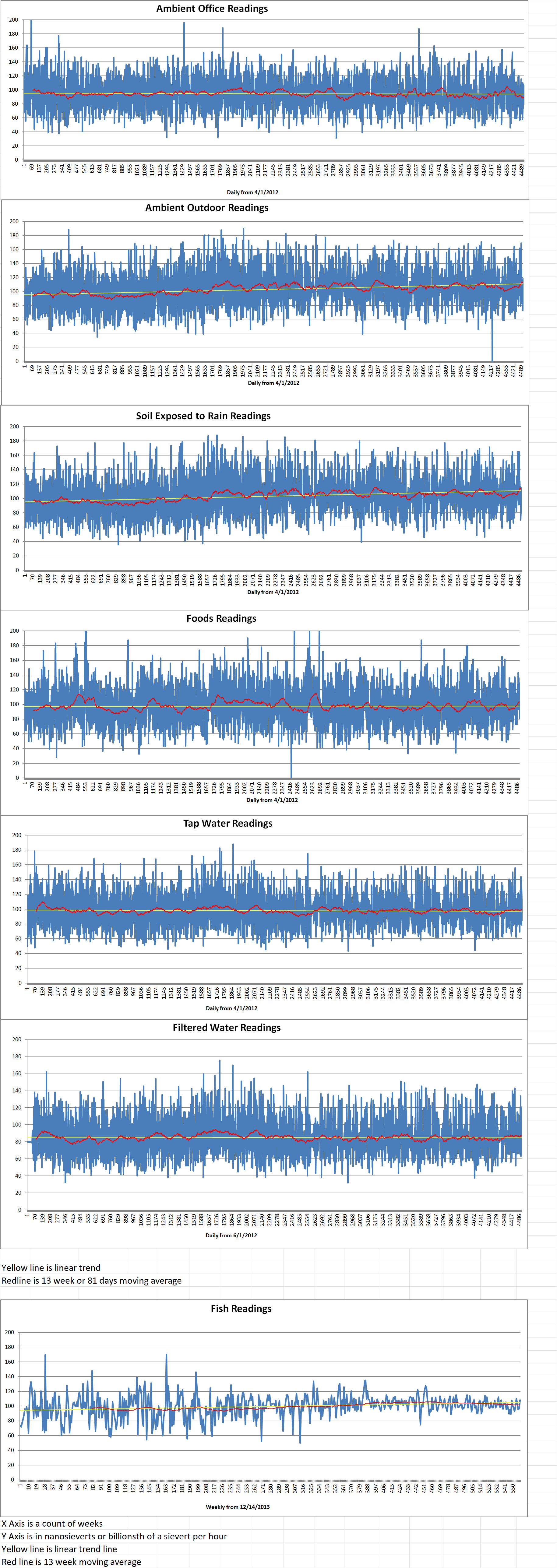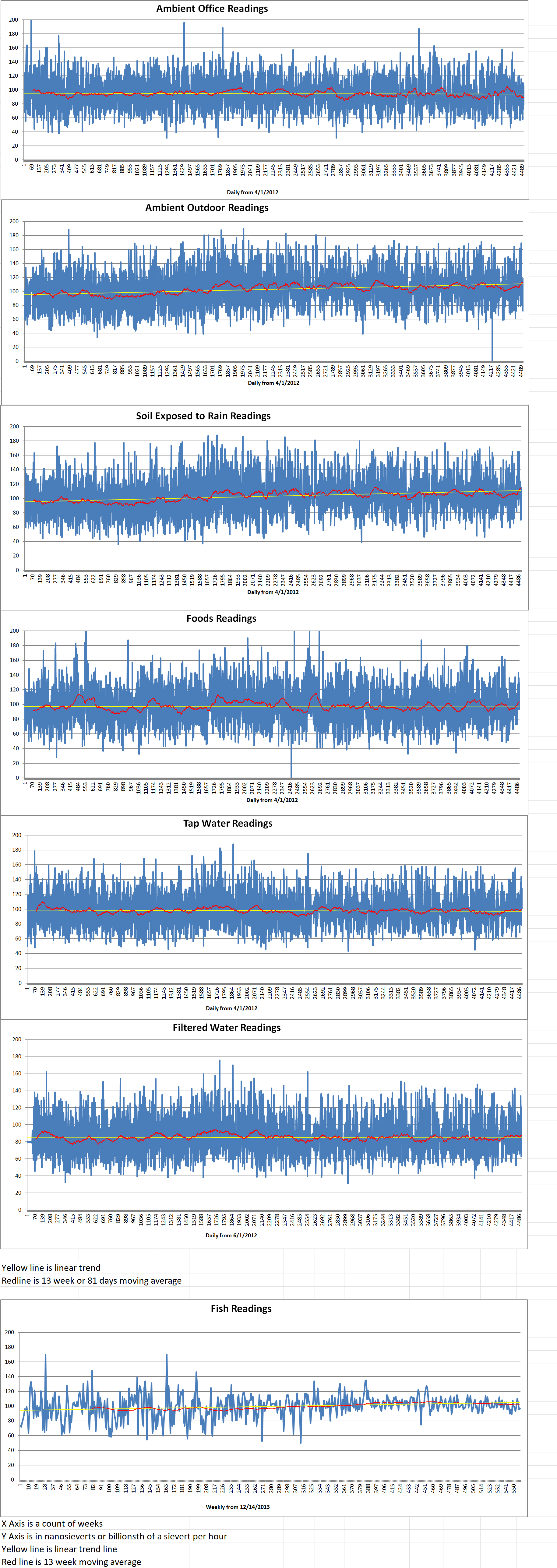A team of scientists has just acquired a massive grant to create materials strong enough to withstand the blistering heat and radiation inside a fusion reactor, where temperatures soar beyond one hundred and eighty million degrees Fahrenheit.
The U.S. Department of Energy’s Advanced Research Projects Agency-Energy (ARPA-E) allocated two million three hundred thousand dollars to the University of Kentucky to lead the development of next-generation materials that could make commercial fusion power a reality.
The project will tackle one of the biggest hurdles in the quest for limitless clean energy. It will be managed by Dr. John Balk, Director of the Materials Science Research Priority Area and W.T. Bryan Professor of Materials Engineering at the University of Kentucky’s Stanley and Karen Pigman College of Engineering.
Balk said, “This is a great opportunity for the expertise of our team behind the Materials Science Research Priority Area to solve one of the key challenges in radiation-heavy industries: how to enhance thermal conductivity without sacrificing material strength.” His team aims to make fusion power commercially viable.
To achieve this, their goal is to develop a class of first wall materials that form the inner wall of a fusion reactor and contact the plasma, which will maintain performance over the lifetime of a fusion power plant. They will explore promising alloy formulas and manufacturing processes to enhance the strength and resilience of this critical barrier.
No existing materials can endure the extreme conditions required for commercial fusion power. The project will focus on developing advanced composites for high-radiation environments.
Balk emphasized the challenge of working with tungsten (W) which is a metal with one of the highest melting points on Earth but is also prone to brittleness. By combining tungsten with other metals like chromium (Cr) or tantalum (Ta), he intends to create a high-melting alloy that is significantly more durable and better suited for fusion reactor conditions.
Balk revealed that “We’re going to make materials that are based on porous tungsten-based alloys, but they’re optimized for the mechanical and thermal properties we want. We’re going to backfill them with a high-thermal-conductivity ceramic at small length scales so that the radiation damage can be shed more easily to the interfaces.”
Balk added, “Materials research is critically important and underpins many other science and engineering efforts, and this project is a good example of that impact.”
Dr. Beth Guiton is the Frank J. Derbyshire Professor of Materials Science and professor of chemistry at the College of Arts and Sciences. She emphasized the importance of the research and how the team intends to use machine learning to improve the material’s strength and radiation resistance.
Guiton explained, “Keeping the plasma contained without accidentally stopping the fusion reaction or damaging your reactor materials is a challenge and a huge roadblock in this work. The temperatures involved are sufficient to vaporize the structure should they come into contact with it, yet we need to be able to extract the enormous amount of energy evolved so that it can be useful.”
The chemistry expert said in a news release, “Balk’s work is important for Kentucky science; it’s important for fusion energy and for advancing U.S. energy technology. If a commercial fusion power plant is successfully created, you’ve solved cheap, clean, safe and abundant energy production.”
Evelyn Wang is the ARPA-E Director. She said, “ARPA-E is a leader in supporting technologies that could make commercial fusion a reality on a much shorter timescale,” adding that the project is one of thirteen selected by the agency for nearly thirty million dollars in combined funding.
Wang concluded, “CHADWICK expands our focus to making fusion power plants operationally and economically viable by developing a high performance and durable first wall.”
University of Kentucky






